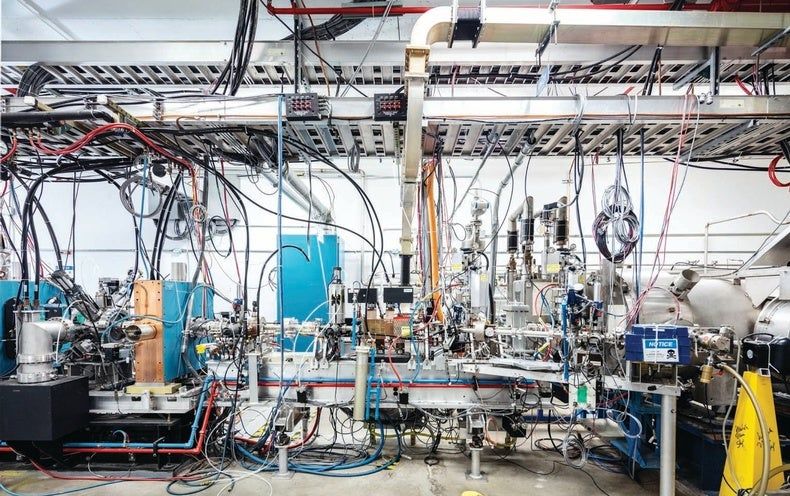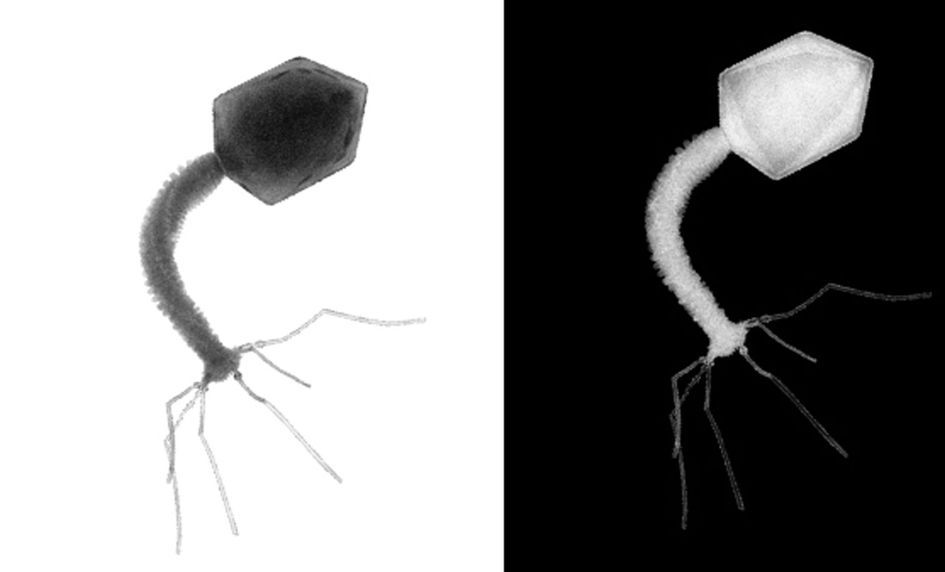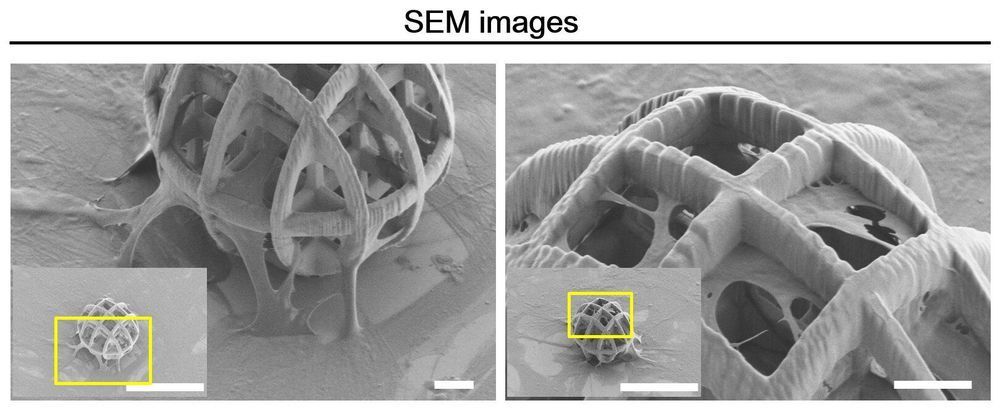A tardigrade that had been frozen solid for more than 30 years has been brought back to life by researchers in Japan, and has gone on to produce 14 healthy babies. That’s record-smashing stuff right there, because before this tough little water bear came back to life, the world record for reviving a frozen tardigrade was nine years.
The researchers also thawed out an egg that was collected and frozen with the tardigrade in 1983, and not only did a healthy baby hatch from it six days later, but it went on to successfully produce offspring of its own.
Just a few months after scientists debated the unprecedented amount of foreign DNA that is or isn’t looped up into the tardigrade genome, and the discovery that they turn into ‘bioglass’ when they desiccate, a team from the National Institute of Polar Research in Japan has managed to bring a frozen Antarctic tardigrade (Acutuncus antarcticus) back to life with its reproductive organs fully intact.




